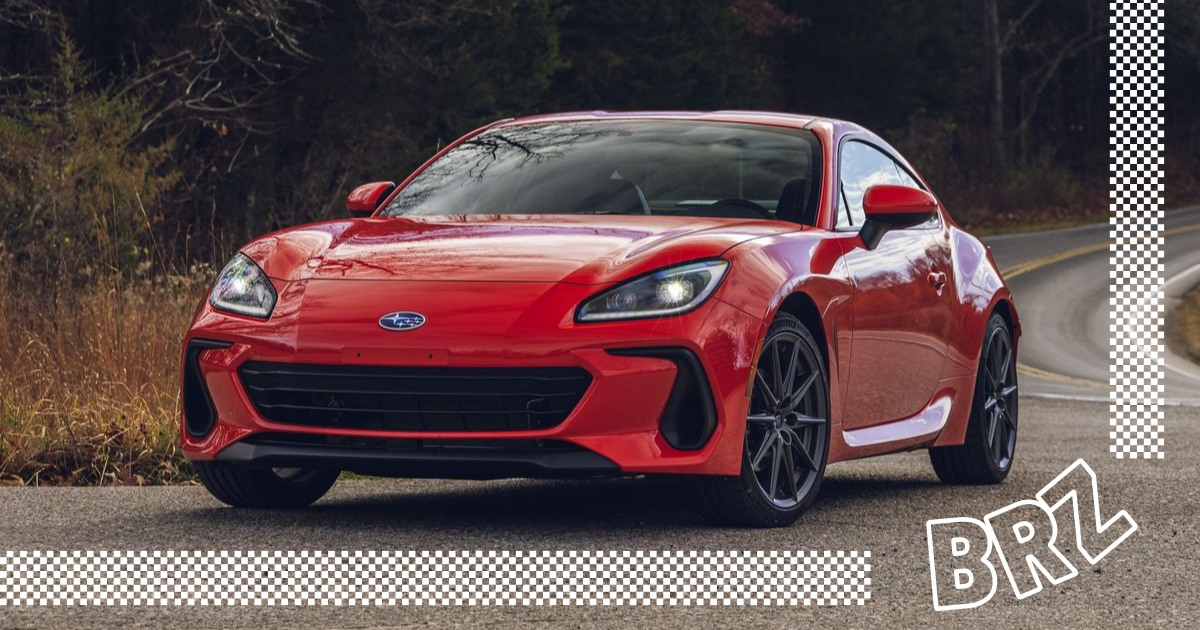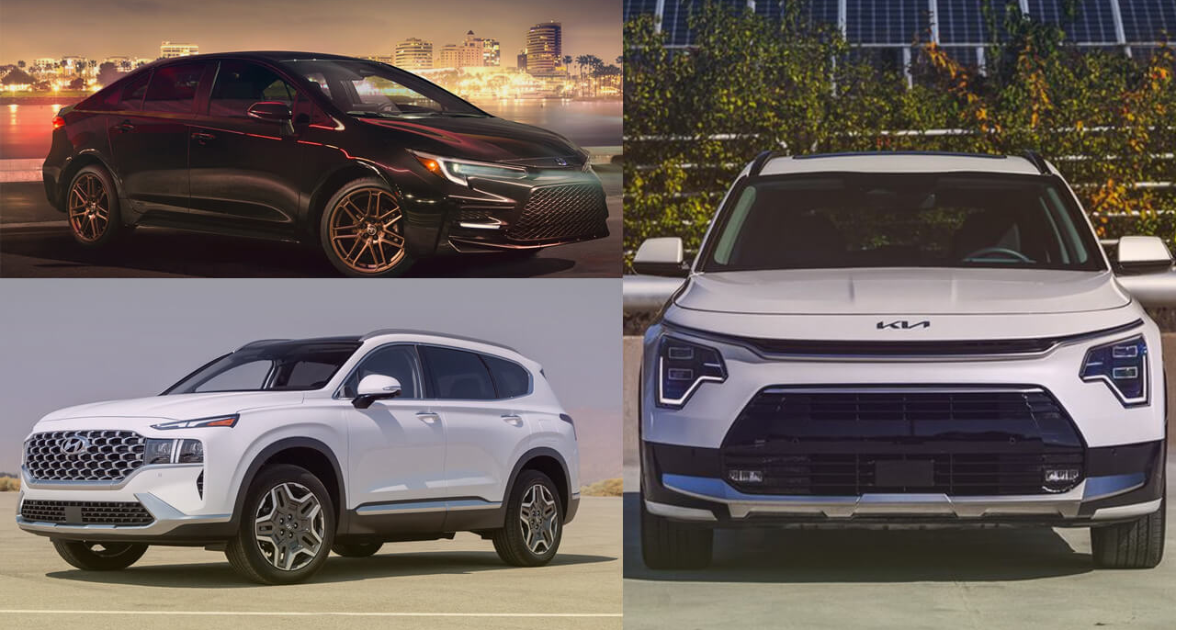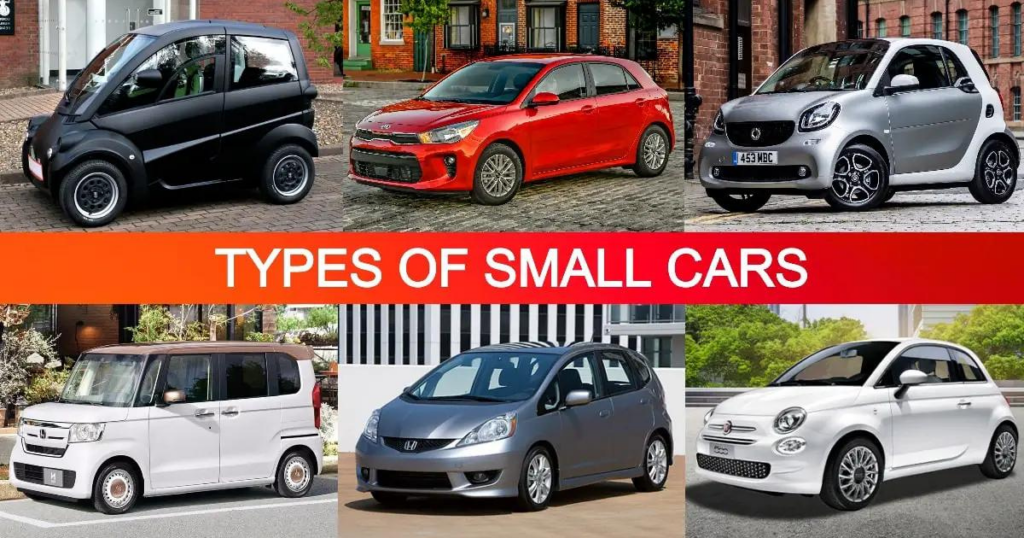
In recent years, the automotive industry has witnessed a revolution in the realm of small cars. As urbanization increases, congestion grows, and environmental concerns take center stage, the demand for compact and fuel-efficient vehicles has soared. Today, small cars are no longer limited to being just economical city runabouts; they have evolved to offer a diverse range of styles, features, and capabilities.
The classification of small cars spans from microcars to mini cars, subcompacts, mini compacts, and compact cars. This category of automobiles has not only given rise to iconic models but has also enabled a larger portion of the population to afford personal transportation. Additionally, even luxury car manufacturers have joined the small car market, offering their own premium offerings.
As the era of small cars gains momentum, it is vital to understand the different types available and how they can meet your specific requirements. Let’s explore the 11 types of small cars by having a detailed look at their features and specs.
11 Types of Small Cars:
Here are the 11 most common types of small cars:
1. Microcars:
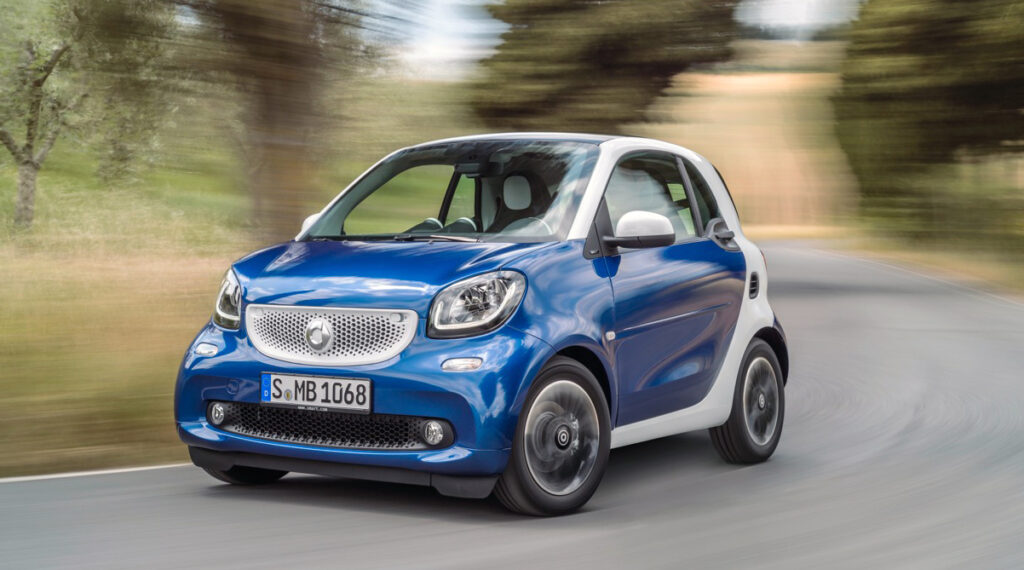
Microcars have a surprisingly long history and are currently the smallest car category that is still being produced today. These vehicles represent a modern transition between motorcycles and cars, replacing the historical cyclecar.
Many microcars are powered by motorcycle engines, although some manufacturers have developed engines specifically for these vehicles. Traditionally, microcars have engines with less than 700cc, although more modern versions can have engines around 1000cc.
Microcars are compact in size and lightweight in construction. Typically designed for two people, they offer limited storage space. Their small dimensions make them perfect for navigating crowded city streets and fitting into tight parking spaces.
One of the key advantages of microcars is their low fuel consumption. Thanks to their small engines and lightweight build, they consume less fuel compared to larger vehicles. Their maneuverability in urban areas and easy parking further contribute to their appeal.
However, due to their small size, microcars may not provide the same level of safety in collisions as larger vehicles. Their limited storage capacity makes them less suitable for long trips or carrying bulky items. Some popular examples of microcars include the Peel P50, renowned as the world’s smallest car, the Tata Nano, designed for the Indian market; and the Mitsubishi i-MiEV, an electric microcar.
2. Kei Cars:

Kei cars, also known as Keijidōsha or Kei-class cars, are a unique category of small vehicles that are primarily found in Japan. These are the Japanese microcars equivalent and the smallest category of highway-legal cars permitted to carry passengers.
While Kei cars did not achieve significant popularity in the United States market, they found favor and became popular in Europe. In Japan, Kei cars emerged as a sought-after and affordable alternative mode of transportation, leading to continued production to meet the demand for these vehicles.
In Japan, Kei cars are particularly favored by urban dwellers, young drivers, and those seeking economical and practical transportation options. Moreover, modern Kei cars still manufactured and exported by Japan include the Daihatsu Cuore, Suzuki Jimny, and Toyota Pixis Joy.
3. Smart Cars:
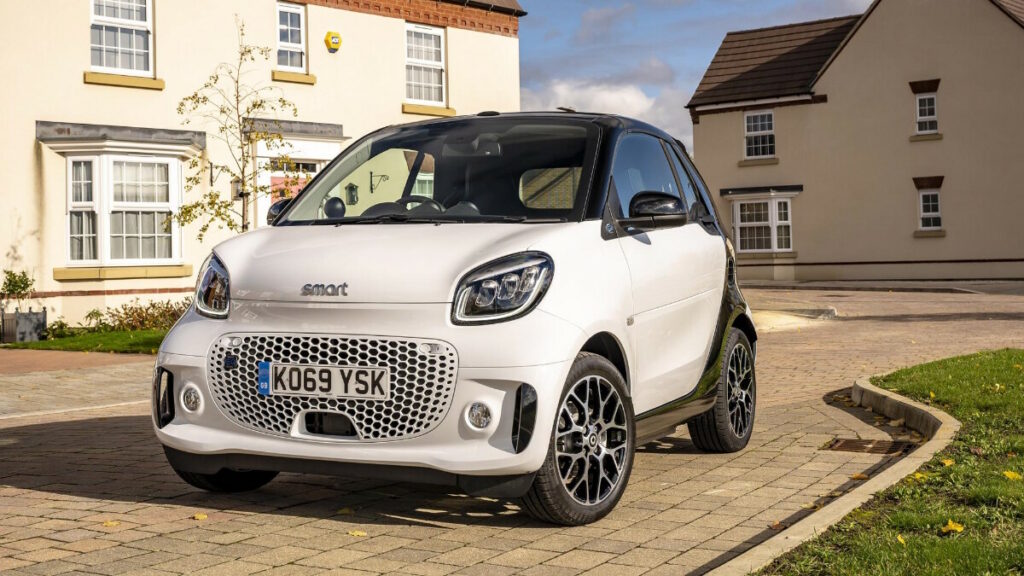
Manufactured by Daimler AG, Smart cars are minicars that gained widespread popularity with the introduction of the Smart Fortwo hatchback in 1998. The Smart Fortwo is specifically designed as a two-person vehicle and is equipped with either a rear-mounted 599cc petrol engine or a 799cc turbo-diesel motor.
It quickly became a favored choice among young drivers due to its affordability and exceptional fuel economy. However, the appeal of Smart cars extended beyond the youth demographic and garnered attention from retirees who appreciated the cost-effectiveness and fuel efficiency offered by these vehicles.
One notable advantage of Smart cars is their ability to provide more interior space compared to earlier microcars. This increased space enhances versatility and practicality, making Smart cars viable for various needs and lifestyles.
4. Minicars Or City Cars:
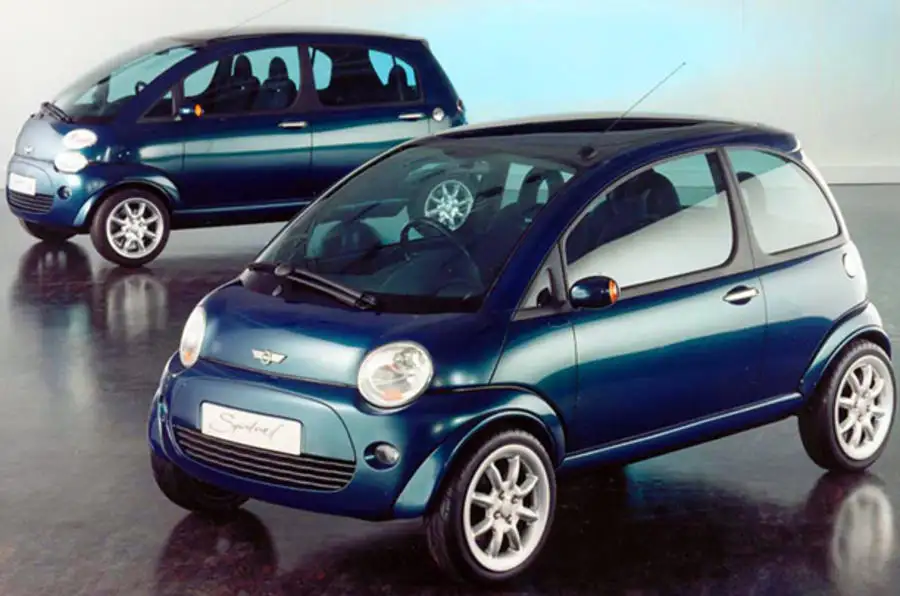
City cars, also known as minicars, are purpose-built vehicles designed specifically for urban use. These cars have gained popularity for city driving due to their compact size, exceptional maneuverability, and fuel efficiency.
The defining characteristic of city cars is their small size, with many models measuring less than 3.5 meters in length. This compact footprint allows easy maneuvering in tight city streets, navigating through traffic, and fitting into small parking spaces.
Minicar is a term used to describe a diverse range of small cars, including the well-known Mini Cooper and other compact city cars in Europe. The Mini brand includes many small car sizes.
While the original Mini Cooper, manufactured in the UK, could be considered a microcar, subsequent models produced by BMW vary in size, ranging from hatchback to subcompact. However, none of the Minis manufactured by BMW in Germany meet the criteria to be classified as microcars.
5. Compact Cars:

In the United States, compact cars are classified as vehicles that fall into the C-segment category in Europe. The official definition of a compact car is based on its maximum internal volume, typically ranging from 100 to 109 cubic feet (2.8 to 3.1 cubic meters). This volume includes both passenger and cargo space within the vehicle. As a result, compact cars can come in various shapes, including hatchbacks and sedans.
It’s important to note that the classification of certain car models can vary within different generations. For example, the Volkswagen Golf serves as a prime example. The 8th generation of the Golf, introduced in 2019 and onwards, is classified as a compact car.
However, earlier generations, such as the 1st generation that aimed to replace the VW Beetle, were categorized as City Cars. Additional examples of compact cars include the Honda Civic, the fourth-generation Ford Focus, the Audi A1, and the Mercedes-Benz A-Class starting in 2018.
6. Subcompact cars:
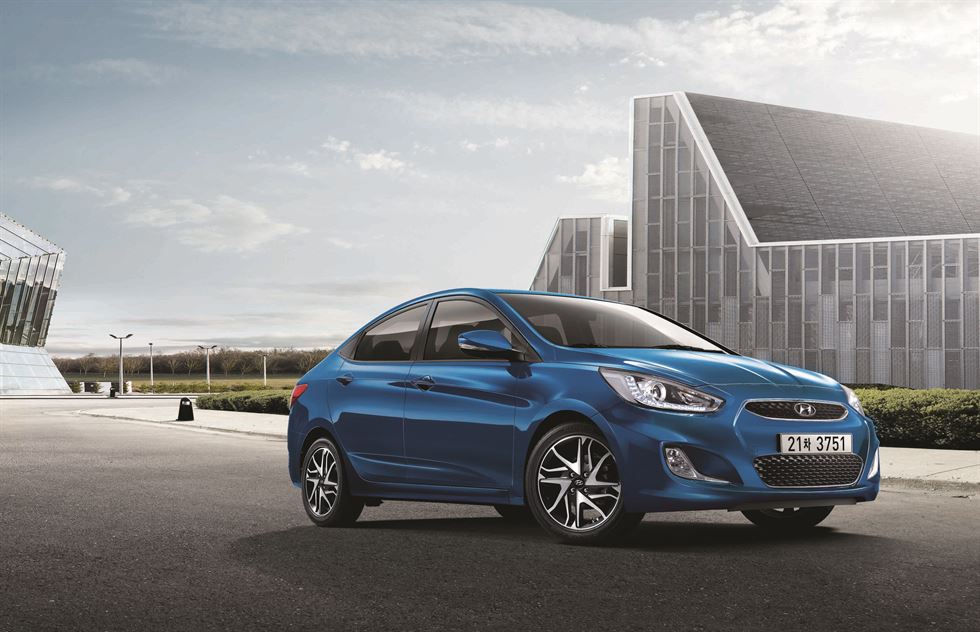
In Europe, the subcompact category of small cars is known as the B-segment, while in the UK, it is referred to as the supermini class. Despite their smaller size, they can comfortably accommodate up to four passengers and offer a reasonable amount of cargo space.
The subcompact class is defined by a combined interior volume ranging from 85 to 99 cubic feet (2.4 to 2.8 cubic meters). This places these cars in a size category slightly smaller than compact cars but larger than mini compact or city cars.
Similar to the compact class, the volume-based definition allows for a variety of body shapes within the subcompact classification. Examples of subcompact cars include the Mini Hatch, Ford Fiesta, Toyota Yaris, and Opel Corsa, among others.
7. Mini compact:
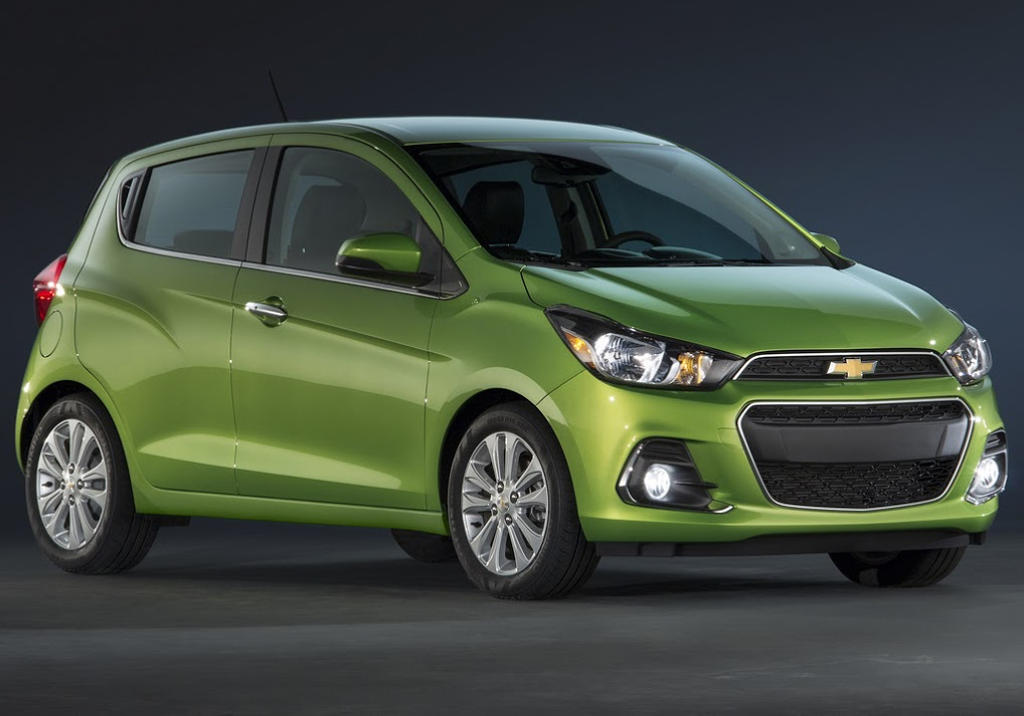
Mini compact cars, also known as A-segment cars, are the smallest category of passenger vehicles available in the market. These cars are designed to be incredibly compact, fuel-efficient, and suitable for navigating congested urban areas.
In the United States, the term “Minicompact” is commonly used to refer to city cars or minicars in the UK, and they fall under the A-segment classification in the rest of Europe.
Due to their small dimensions, the hatchback and crossover SUV styles are the most prevalent body shapes for mini compact cars. However, the size of these vehicles is not suitable for accommodating a sedan body shape.
Related: 15 Best Small Cars For Women | Reviews & Prices
8. Hatchbacks:
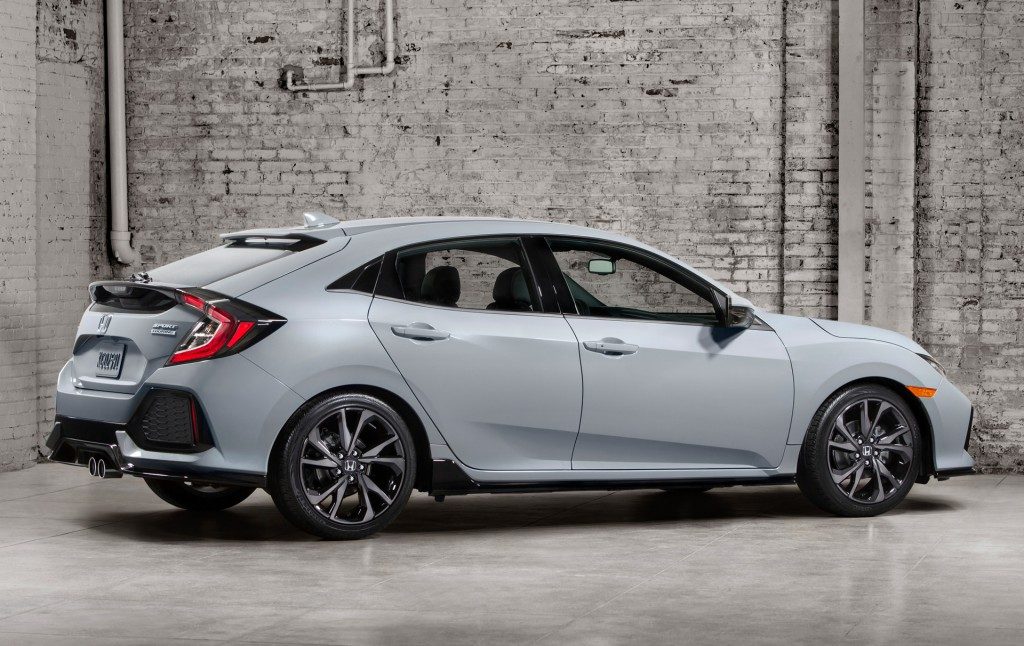
The term “hatchback” is commonly associated with the style or design of a car rather than its size. However, hatchbacks are often seen in smaller-sized vehicles, which has led to their association with small cars.
In terms of door configuration, cars labeled as 3-door or 5-door typically include the hatchback as an additional door. For example, a 3-door car typically has two passenger doors and a hatchback as the third door.
The hatchback design features a rear door hinged at the vehicle’s roof. When opened, the hatchback swings upward, creating a wide opening at the back of the car. This design allows for convenient loading and unloading of the vehicle.
It’s important to note that the term “hatchback” pertains to the body style rather than the size of the car. As a result, hatchbacks can be found in a variety of vehicle sizes, ranging from microcars to compact cars.
9. Bubble Cars:
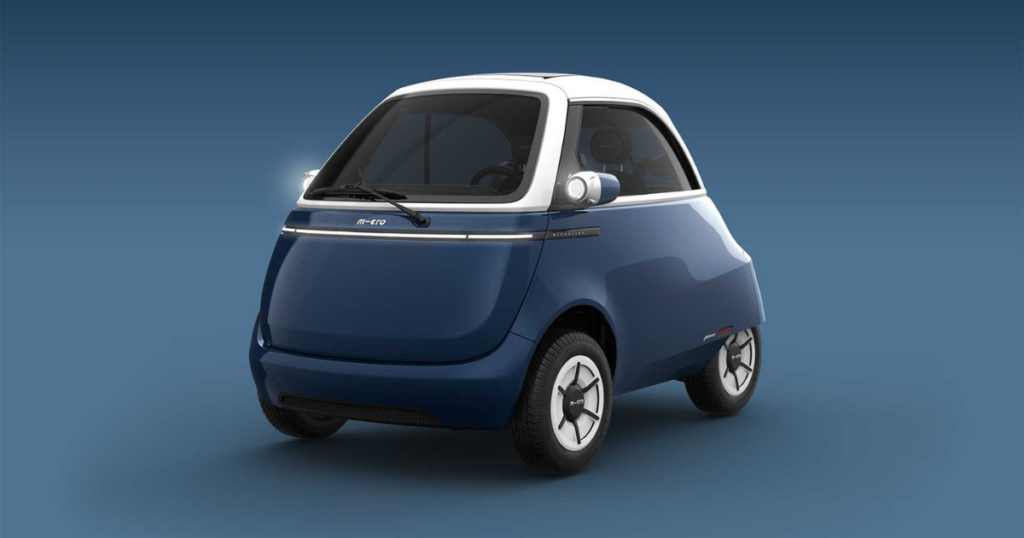
The term “bubble car” was used to describe a specific style of microcar. The name originated from the resemblance of the car’s upper part to the canopy of a fighter aircraft, often referred to as a bubble.
The bubble cars often had a distinctive egg-shaped design, further contributing to their bubble-like appearance. Many of these vehicles were three-wheeled, allowing them to take advantage of the more lenient regulations for three-wheeled automobiles, particularly in the UK.
An excellent example of a bubble car is the Peel Trident, which embodies the characteristics of this type of vehicle. Modern Bubble cars include the Danish CityEl, and the Myers Motors NmG Corbin Sparrow, both electric versions.
10. Cyclecars:
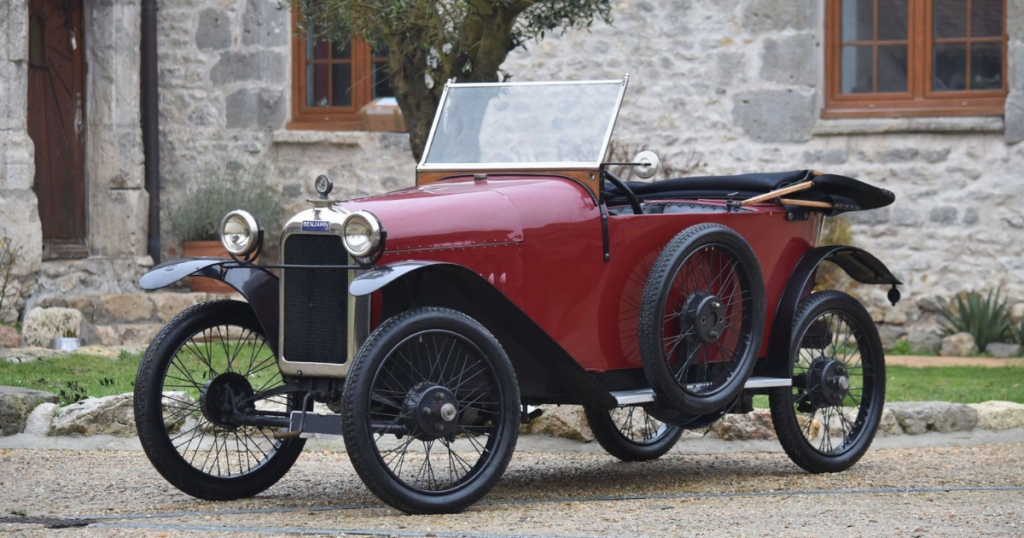
Cyclecars emerged as a crossover between motorcycles and automobiles and were manufactured in Europe and the United States. They gained popularity from 1910 to 1920 on both sides of the Atlantic.
Typically designed to accommodate only two people in a tandem seating arrangement, similar to motorcycles, cyclecars initially positioned the passenger directly behind the driver. However, later models altered this configuration, placing the passenger alongside the driver.
Despite their brief presence in automotive history, cyclecars found favor in various motoring applications, including participation in events like the 1920 Le Mans long-distance race. One famous example of a cyclecar was the JPL or La Vigne, produced in Detroit, Michigan 1913.
11. Coupes:
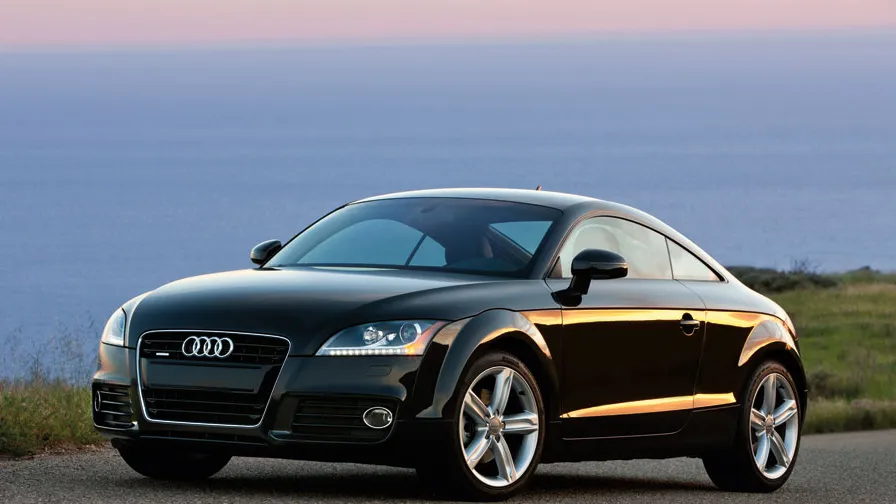
Coupes are sleek and sporty two-door small cars known for their stylish design, low stance, and sloping roofline. These cars are often associated with luxury and high-performance capabilities.
The defining feature of coupes is their two-door configuration, which prioritizes exterior aesthetics over backseat space. They are typically smaller and have a lower roofline than other car types, which may limit their practicality for certain drivers.
Coupes stand out with their sporty appearance and impressive performance attributes. They are often equipped with powerful engines and offer agile handling, delivering an enjoyable driving experience. However, their limited interior space may not be ideal for families or individuals requiring more room.
It’s worth noting that coupes tend to have higher insurance rates and price tags compared to other small car types. Some popular coupe models include the Audi A5, BMW 2 Series, and Mazda MX-5 Miata.
Frequently Asked Questions:
Here are some frequently asked questions about types of small cars:
What are some most affordable and reliable small cars?
Some most affordable and reliable small cars include Hyundai Accent, Kia Rio, and Toyota Yaris or Vitz.
What is a smaller version of an SUV?
Crossover SUVs, also referred to as subcompact SUVs or mini SUVs, are compact versions of traditional SUVs.
Give some examples of small electric cars.
The Nissan Leaf, BMW i3, and Tesla Model 3 are popular small electric cars.
Conclusion:
Compact and fuel-efficient, small cars are a favored option among individuals seeking a vehicle with a smaller footprint. Furthermore, small cars have established a permanent presence in our society. The rising fuel costs and the high prices of new cars ensure continuous demand for these compact, fuel-efficient, and affordable vehicles.
The designs of small cars have spurred creative and innovative solutions to maximize the limited space available in these tiny vehicles. We have explained all the types of small cars in detail so you can choose the perfect small vehicle for your daily commute.



